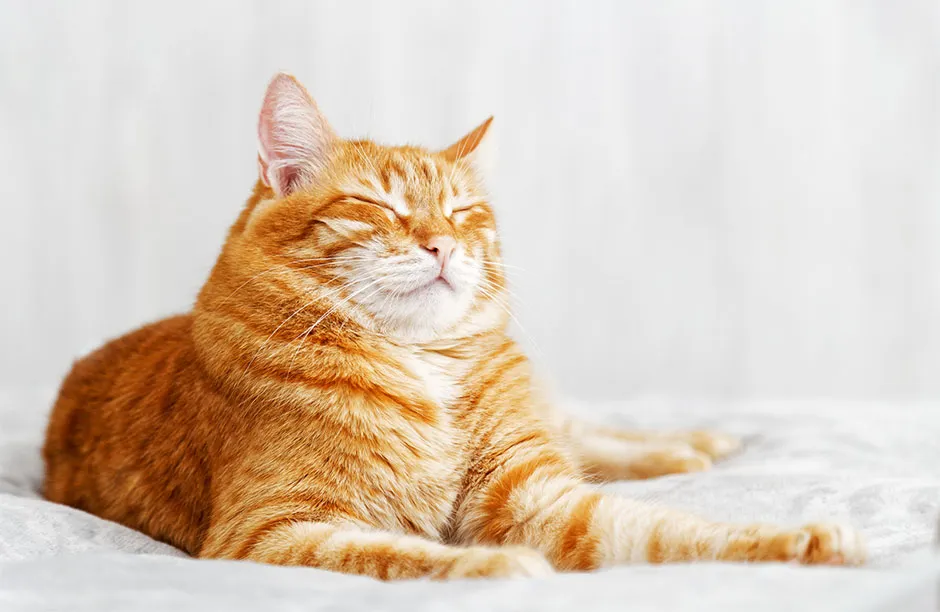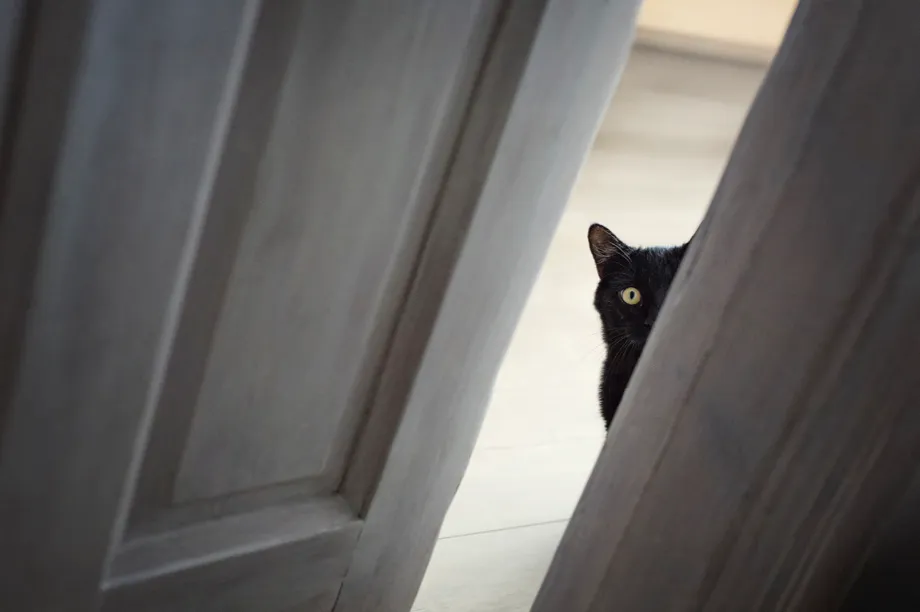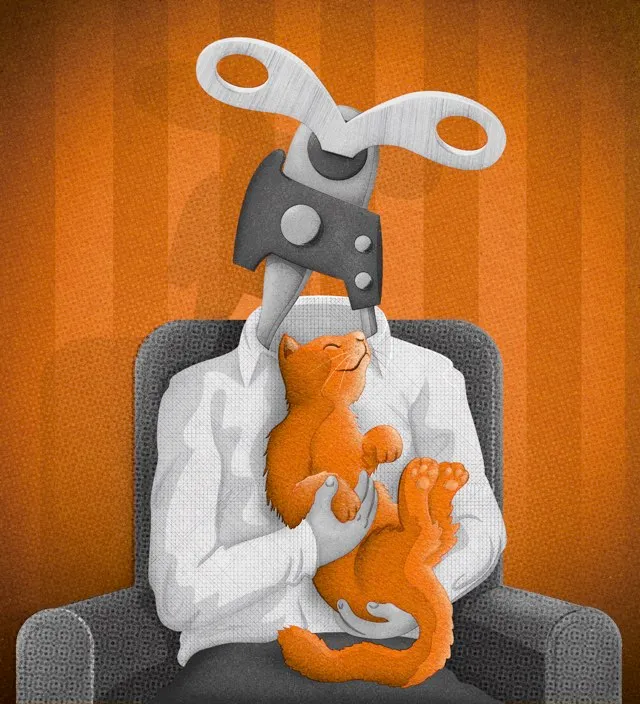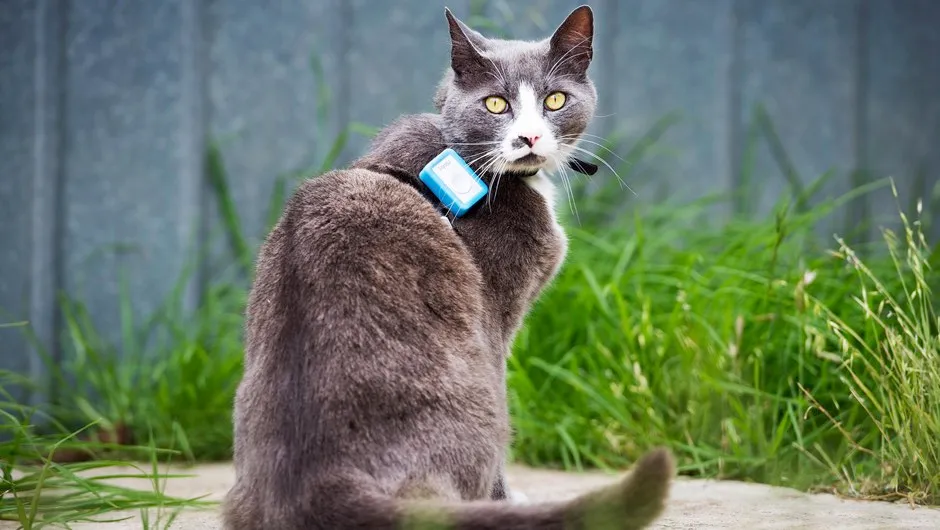Cat research is our favourite area of science (second only to dog facts). We've pulled together our favourite facts about our feline friends, from whether they really love you to how they use their whiskers. So, enjoy these eight purr-fect facts about cats, confirmed by science.
1. You can make friends with a cat by blinking slowly
Scientists have discovered narrowing your eyes is the best way to build a rapport with cats.
In a study by the universities of Portsmouth and Sussex, researchers found that the technique mimics what is known as a cat smile – referred to as a ‘slow blink’ – and it appears to help to form a bond between the human and the cat.
“As someone who has both studied animal behaviour and is a cat owner, it’s great to be able to show that cats and humans can communicate in this way,” said Professor Karen McComb, from the School of Psychology at the University of Sussex, who supervised the work.

“It’s something that many cat owners had already suspected, so it’s exciting to have found evidence for it.”
“Try narrowing your eyes at them as you would in a relaxed smile, followed by closing your eyes for a couple of seconds. You’ll find they respond in the same way themselves and you can start a sort of conversation.”
The study revealed that cats were more likely to slow blink at their owners after their owners have slow blinked at them, compared to when they do not interact at all.
2. One in 10 pet cats have separation anxiety
More than one in 10 pet cats surveyed in a study have displayed behavioural issues when temporarily separated from their owners.
In their study of cats with separation-related problems, scientists also observed the cats affected tended to come from households with no women or more than one woman living there.
Not having access to toys, as well as the absence of other pets in the house, were also associated with similar behavioural issues in the felines.
The owners were asked to provide basic information on each cat, which included descriptions of their interactions with the pets, the cats’ behaviours when the owner was absent, as well as the cats’ living environments.

Analysis showed 13.5 per cent of all sampled cats displayed at least one of the several traits associated with separation-related problems, with destructive behaviour being most frequently reported (for 20 of the 30 cats).
Other behavioural traits such as excessive vocalisation (19 cats), urination in inappropriate places (18 cats), aggressiveness (11 cats), agitation-anxiety (11 cats) and inappropriate defecation (seven cats) were also observed.
Depression-apathy, which is characterised by a lack of energy and loss of interest, was also seen in 16 cats with separation-related problems.
3. Your cat really does love you
Food is what first brought humans and cats together, but that doesn’t mean they see you as an oversized tin opener.
Chemical analysis of the bones of 5,300-year-old cats from China has shown that these ancient felines were rodent-hunters that lived within grain stores. In essence, we gave them shelter and they took care of the pests.
As time passed, in Western cultures at least, house cats became selected for cuddles as well as their claws. And, from this point onwards, something deeper than cupboard love appears to have emerged.

Just as with dogs, domestication of cats has unlocked a suite of kittenish behaviours. These include grooming, play-fighting and bringing home half-dead mice for a spot of impromptu playtime. These behaviours are about more than food – they’re about family.
In September 2019, scientists announced that cats appear to display traits of the “secure attachment” seen in dogs, where the presence of a human caregiver prompts behaviours signalling security and calmness.
There’s even separate evidence that cats, upon receiving a stroke, get a sudden dose of brain hormones like we humans receive when around our loved ones. So perhaps now, canines have a rival in pursuit of the title of being humankind’s best friend.
4. Cats can tell when a thunderstorm is coming
Cats and many other animals are more sensitive than humans to sounds, smells and changes in atmospheric pressure, and their heightened senses can allow them to pick up hints that a storm is coming well before their owners catch wind of it.
Just before a storm, your cat’s inner ears may detect the sudden fall in atmospheric pressure, and she may have learned to associate this with an impending storm. If a storm is already raging in the distance, she may be able to perceive the faint rumble of thunder.
Likewise, she may be able to smell the incoming rain, or the characteristic whiff of ozone gas, which is often created by lightning and has a sharp, metallic odour.
5. Cats like boxes because they’re cosy
Cats can spend 18 hours a day sleeping. As they are solitary animals, they want a safe hiding place to snooze.
But a cat curled in a tiny box, even out in the open, is probably just avoiding your cold floor. Cats are happy in room temperatures around 14°C warmer than is comfortable for humans, and if there isn’t a convenient sunbeam to lie in, they will make do with a cosy shoebox.
6. Pet cats have an enormous impact on local wildlife
Domestic cats kill more prey in a given area than similar-sized wild predators, research suggests.
According to a study from March 2020, hunting by pets can have a big effect on the local wildlife population.Scientists say the effect is mostly concentrated around a cat’s home, as most of their movement is within a 100m radius.This usually encompasses a few gardens on either side.
The study indicates that pet cats kill two to 10 times more wildlife than the equivalent wild predator.

Lead author Roland Kays said: “Since they are fed cat food, pets kill fewer prey per day then wild predators, but their home ranges were so small that this effect on local prey ends up getting really concentrated.
“Add to this the unnaturally high density of pet cats in some areas, and the risk to bird and small mammal populations gets even worse.”
According to the study, house cats killed an average of 14.2 to 38.9 prey per 100 acres, or hectare, per year.The study also showed that cats do much of their damage to wildlife in disturbed habitats, like housing developments.
7. Cats can’t be vegan
Cats are entirely carnivorous in the wild, and there are several amino acids only found in meat, such as taurine, that they can’t synthesise or store, so a vegan cat diet has to be very carefully tailored to their age and body weight.
Too little taurine can cause blindness and heart failure, while too much can lead to serious urinary tract infections. Carnivorous cats absorb all the taurine they need from meat, but synthetic taurine added to vegan food comes in several different forms, which are absorbed by the cat’s metabolism at different rates. This makes it extremely difficult to give cats a balanced vegan diet.
8. Cats’ whiskers make them precision killers
A cat’s characteristic ‘moustache’ of vibrissae, made up of 24 or so mobile hairs, is accompanied by other less apparent whiskers above the eyes, on the chin and the back of the front paws (the carpal whiskers). These thickened hairs are alive with deep-rooted nerves that help our feline friends literally feel their way through a hunt, especially in the dark.

Facial whiskers align to body width to aid with judging distance while on the move, and precision killing is enabled by ‘proprioceptors’, special sensory organs on the tips that monitor the distance, direction and even texture of prey.
Whiskers also monitor airflow to further coordinate their locomotion. No wonder your cat is such a graceful beast!
Read more amazing animal facts: